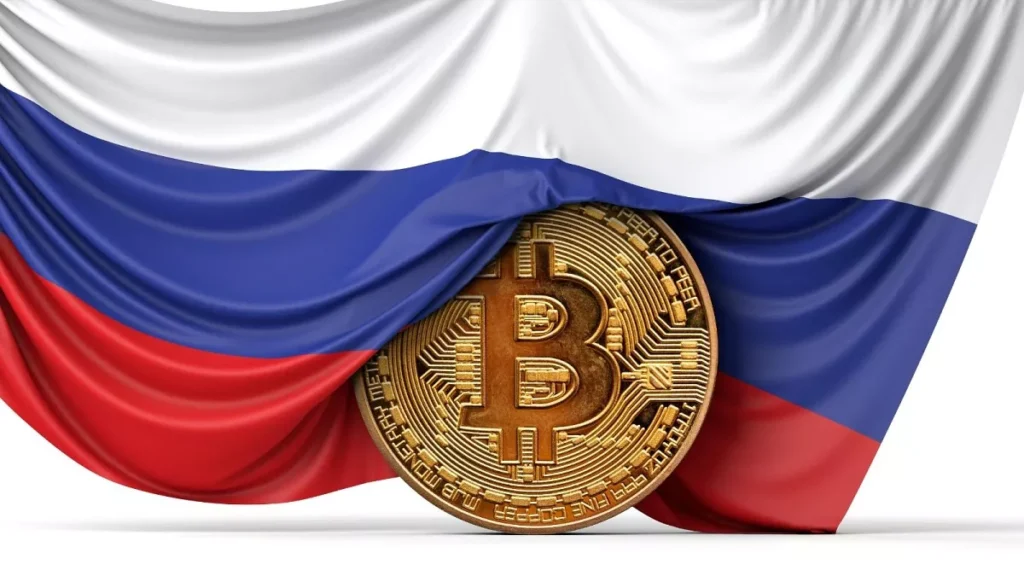
In recent years, many countries have turned to cryptocurrencies as an alternative to traditional international trade—Russia being no exception. President Vladimir Putin gave his approval on legislation looking to diversify Russia’s international trade-based economy and reduce its reliance on the US dollar. Coming into effect from November 2024, the legislation permits sanctioned mining companies to officially register under a government database for mining cryptocurrencies.
For smaller miners, they’ll be allowed to mine digital currencies without any official registration, as long as they can keep their energy consumption under a specific limit. The responsibility for surveilling the newly approved mining sector will be divided among the Bank of Russia, the Ministry of Finance, and a selected group of ministers from the Russian government.
Another noteworthy feature of this legislation is the curtailing of large-scale cryptocurrency advertisements in Russia. This regulation draws attention to the economic coalition of BRICS (Brazil, Russia, India, China, and South Africa), which represents a group of emerging economies aiming to reduce their dependence on the US dollar for global trade.
The idea of a unified digital currency for the BRICS bloc was introduced at the 11th BRICS Summit in 2019. The interest in this innovative proposal is strong, but it does face several obstacles, such as discord among the primary member states on the functioning of a common currency. In 2023, however, Russia has shown a renewed interest in creating a unified BRICS currency.
Despite these developments, some financial analysts remain skeptical. Macroeconomist Lyn Alden, for example, has expressed doubts, arguing that a unified BRICS currency backed by gold could lead to a monetary debasement, eventually collapsing the currency. Consequently, the journey towards a unified BRICS digital currency remains fraught with complications and challenges.